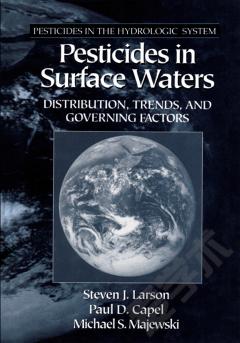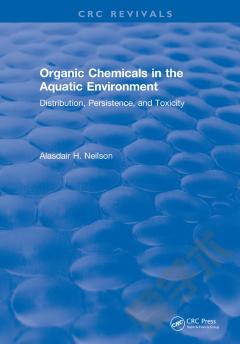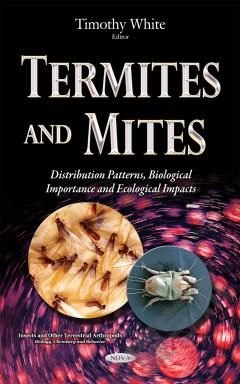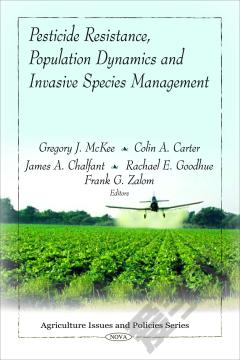Pesticides in Stream Sediment and Aquatic Biota —— Distribution, Trends, and Governing Factors
----- 河流沉积物和水生生物群中的杀虫剂
Introduction Purpose Previous Reviews Approach Characteristics of Studies Reviewed General Design Features Geographic Distribution Temporal Distribution Sampling Matrices Target Analytes Analytical Detection Limits National Distribution and Trends Pesticide Occurrence National Pesticide Use Geographic Distribution in Relation to Use Long-Term Trends Governing Processes Pesticide Sources Behavior and Fate of Pesticides in Bed Sediment Behavior and Fate of Pesticides in Aquatic Biota Analysis of Key Topics - Sources, Behavior, and Transport Effect of Land Use on Pesticide Contamination Pesticide Uptake and Accumulation by Aquatic Biota Seasonal Changes in Pesticide Residues Physical and Chemical Properties of Pesticides in Sediment and Aquatic Biota Composition of Total DDT as an Indicator of DDT Sources and Period of Use Analysis of Key Topics - Environmental Significance Effects of Pesticide Contaminants on Aquatic Organisms and Fish-Eating Wildlife Effects of Pesticide Contaminants in Aquatic Biota on Human Health Summary and Conclusion Appendix A: Table 2.1 Pesticides in bed sediment and aquatic biota from rivers and estuaries in the United States: National and multistate monitoring studies Appendix B: Table 2.2 Pesticides in bed sediment and aquatic biota from rivers in the United States: State and local monitoring studies Appendix C: Table 2.3 Pesticides in bed sediment and aquatic biota from rivers in the United States: Process and matrix distribution studies Appendix D: Common Names and Taxonomic Classifications of Aquatic Organisms Sampled in the Studies Reviewed Appendix E: Glossary of Common and Chemical Names of Pesticides References Index
{{comment.content}}








 京公网安备 11010802027623号
京公网安备 11010802027623号